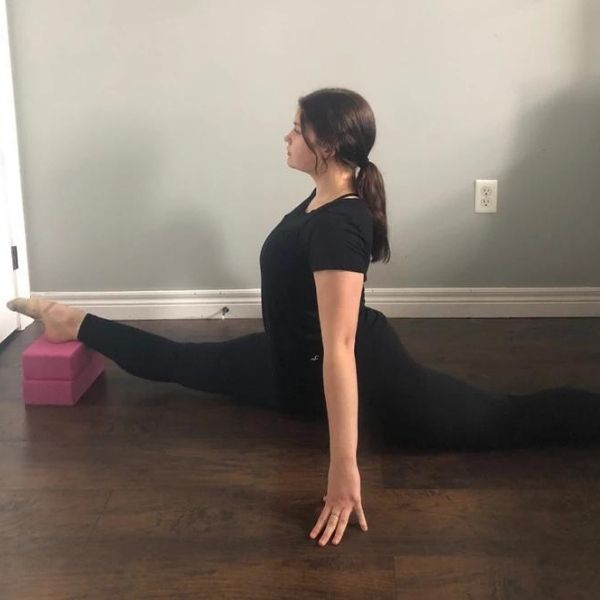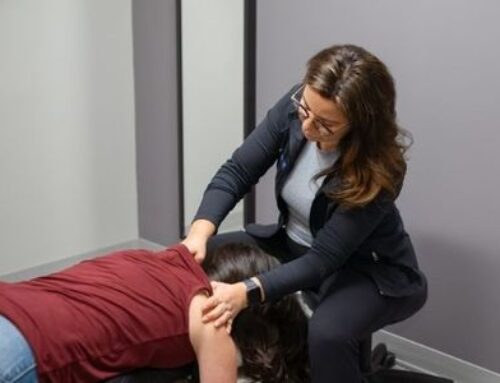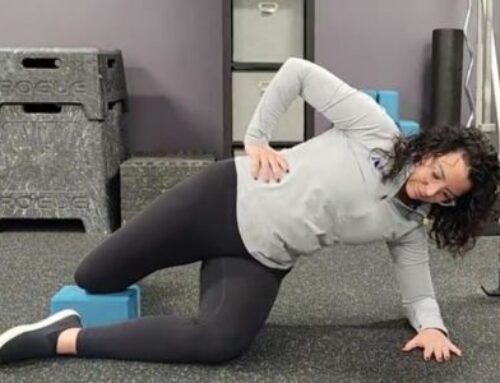Hey everyone and welcome back to the Dancer Blog! This week I want to talk about the use of Oversplits as a form of stretching and its effect on a dancer’s body. For those who may not know, an oversplit is a stretch where a person sits in a split position and, generally using a prop like some books or a chair, forces one or both of the legs into a position that widens the split beyond 180 degrees. This is called an oversplit because it’s a split and then some.
For a large portion of my dance career, oversplits were something that many dancers worked towards. Unfortunately, oversplits come with a very BIG caveat, it’s called capsular derangement. So what do I mean by this? Well, let’s look at the anatomy. Every joint in your body is wrapped in what we call a joint capsule. The general purpose of a joint capsule is to protect the joint from wear and tear as well as provide shape and structural stability to the joint. It’s important to note two things here; one, the more mobile a joint is, the more stability it requires and two, the hip joint is one of the most mobile joints in the body. This makes the hip’s joint capsule very important to the health of the hip as a whole.
So what is capsular derangement? This is when a joint capsule is put under so much stress, usually over a period of time, that the capsule permanently changes its shape. As a result, the capsule can no longer perform its job as optimally as it once did. This is what we’re causing when we stretch our oversplits. The hip’s joint capsule is simply not built for the legs to stretch into positions exceeding 180 degrees. So when we stretch this way, over a period of time, we change and ultimately weaken our hip’s joint capsule.
Once the capsule is deranged, the stability of the hip is compromised and as a result, the hip is far more prone to other injuries. This can range from anything to capsular tearing to hip dislocation.
Hips aren’t the only thing we have to worry about when it comes to oversplits. Just take a look at the picture above and you can see that when we sit in an oversplit, our pelvis is pressing down against the floor and our ankles are pressing down against a prop. This means that our knee is acting like a sort of secondary fulcrum, and as a result is also experiencing a stretch that it really isn’t designed for. This too leads to instability and increases the chance of injury to structures like our menisci as well as our ACL and PCL.
So what are oversplits really accomplishing? Well, they’re definitely making you more flexible, but it’s at the cost of the structural stability of your hips and knees. For dancers this is a HUGE risk for injury. We spend our entire careers on our legs so to sacrifice our hip and knee stability for a small gain in flexibility isn’t really worth it!
Ok oversplits, another rather complex aspect of dance. The long and short of it: DON’T do them! There are far better ways of creating usable flexibility for your performances. What are those ways? Well tune in next week when I’m going to be talking about the difference between stretching and warming up and how flexibility and strength are equal though opposite parts of how we build strong, healthy dancers.
And if you or a dancer you love has been experiencing hip pain or instability, call and set up an appointment today! I became a chiropractic patient following a hip injury and I know how important it is to rehab a hip properly for dance performance. I love working with dancers and I know what they need in order to continue to be healthy and grow. Until next time!





